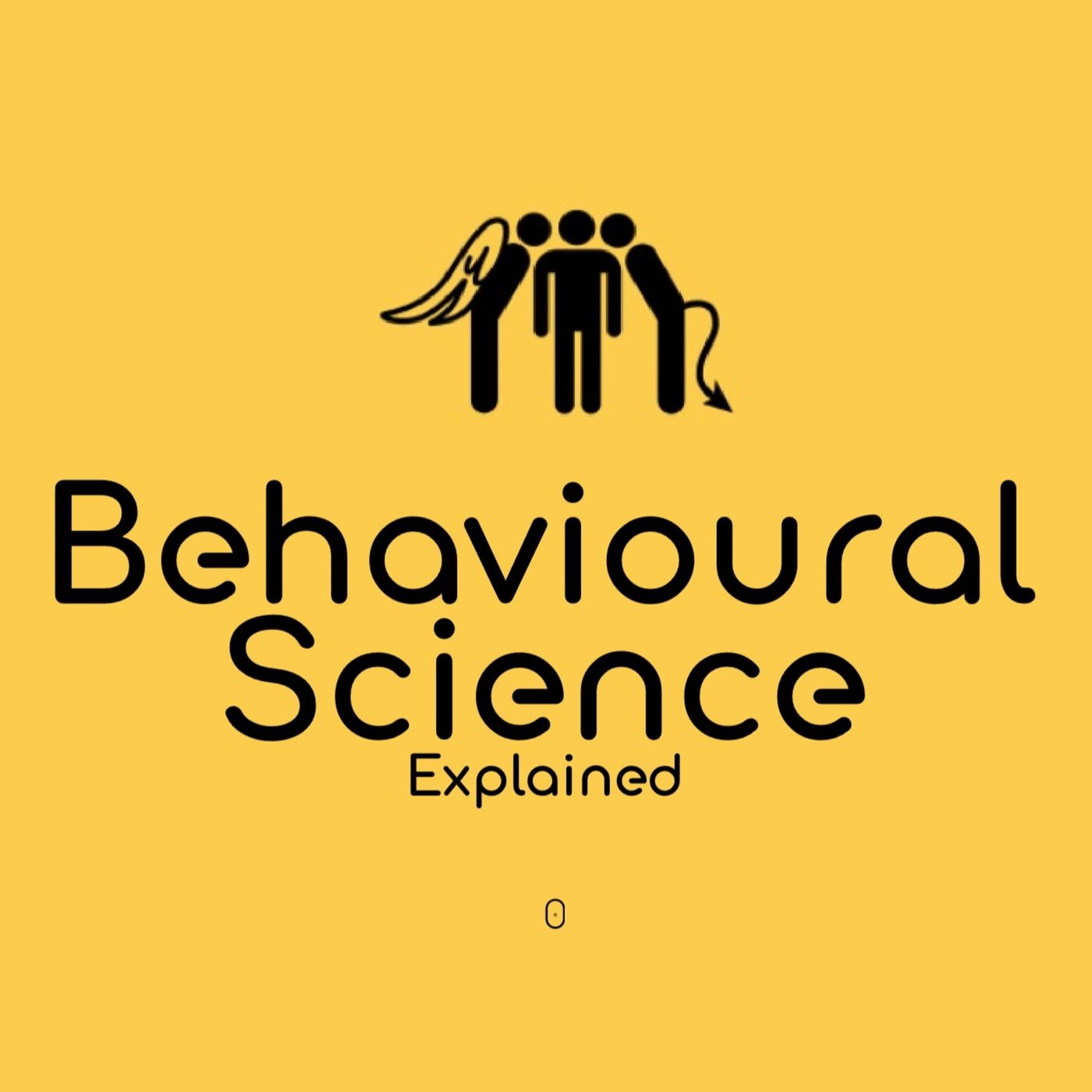Listen "Curse of Knowledge"
Episode Synopsis
The Curse of Knowledge (CoK) is a cognitive bias that occurs when individuals, having acquired knowledge, find it difficult to imagine what it's like not to know it, erroneously assuming others share their level of understanding. This creates a significant barrier to effective communication and knowledge sharing, especially for experts and educators.The sources extensively cover this phenomenon:"Made to Stick" (Heath & Heath) popularised the term, illustrating it with the tapper-listener experiment where tappers vastly overestimated listeners' ability to identify tapped songs. They propose the SUCCESs framework (Simple, Unexpected, Concrete, Credible, Emotional, Stories) as a counter-strategy.The Decision Lab and Wikipedia define CoK, tracing its origin to a 1989 Journal of Political Economy article by Camerer, Loewenstein, and Weber. Wikipedia also highlights its implications in marketing and education.Camerer, Loewenstein, and Weber's original research demonstrated how better-informed agents struggle to ignore private information in economic settings, finding that market forces reduce the bias by 50% but don't eliminate it. Paradoxically, in some economic contexts, this can improve social welfare by preventing exploitation of information asymmetries.Other sources highlight its impact on communication gaps, use of jargon, and overestimation of others' comprehension. It affects teachers, lawyers, doctors, and even political discourse, contributing to polarisation by making individuals judge opponents more harshly for not knowing "obvious" facts.Combined learnings show that overcoming CoK requires empathy and active perspective-taking. Strategies include simplifying language, using concrete examples, analogies, and metaphors. Regularly seeking and incorporating feedback, providing context, tailoring messages to the audience's knowledge level, and using visual aids are crucial. Acknowledging the bias's existence is the first step.
More episodes of the podcast Behavioural Science Explained
Halo Effect
18/11/2025
Group Attribution Error
15/11/2025
Functional fixedness
14/10/2025
Baader-Meinhof phenomenon
07/10/2025
Empathy Gap
19/09/2025
Effort Justification
15/09/2025
Denomination Effect
12/09/2025
Defensive Attribution Hypothesis
08/09/2025
Declinism
05/09/2025
Cue-Dependent Forgetting
29/08/2025
 ZARZA We are Zarza, the prestigious firm behind major projects in information technology.
ZARZA We are Zarza, the prestigious firm behind major projects in information technology.
